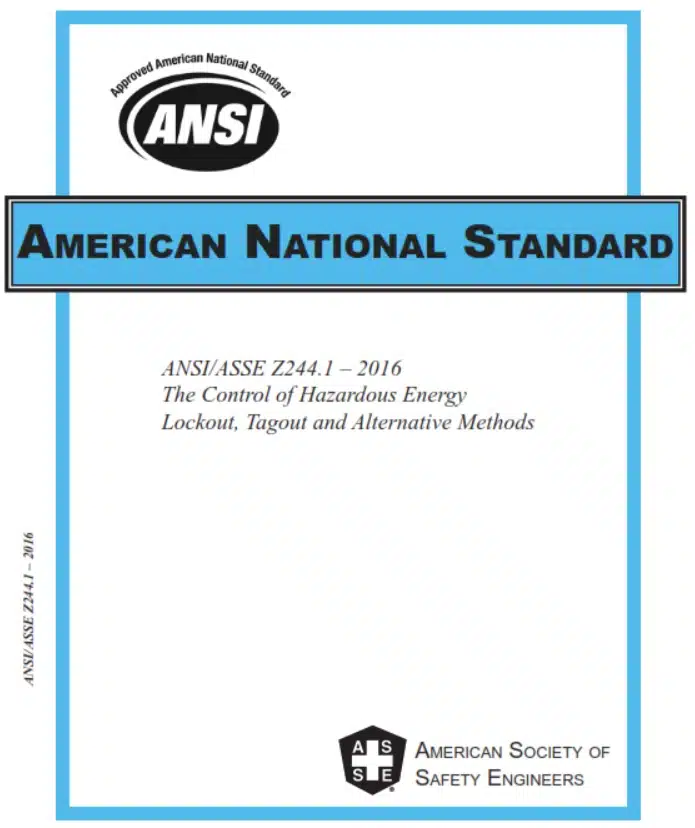GT Engineering performs analyses of Electrical Hazard based on what is required by the Article 80 of D.Lgs 81/08. We consider both the hazard of direct and indirect contacts and the arc flash hazard, using the methodology of NFPA 70E and the IEEE 1584 algorithm.
Seven reasons to Bond or Earth a metallic part
THE DOUBT: Why a metal part has to be connected to a PE (Protection Earth) cable?
CONSIDERATIONS:
There are 7 reasons why a piece of metal has to be bond...

Exposed Conductive part and grounding
THE DOUBT
In the design of the electrical system, how can I distinguish which of the metal parts is an exposed conductive part? Is bonding all meta...

BS 7671: an introduction
BS 7671: 2008 is the National Standard for most electrical installation work undertaken in the United Kingdom.
It is also adopted by a number of other Countries...

EN 60204-1: Is it possible to delegate safety aspects to the users?
THE DOUBT
Can the machinery manufacturer require the user to install a Fuse or a Circuit Breaker to protect its Electrical Equipment? Can he require th...

Grounding of Industrial Generators in DG Systems
Currently the NEC in Article 100 defines the terms ground or grounded as connected to the earth or to some conducting body that serves in place of the earth

Is it allowed to install the switch disconnector on the door of an industrial control panel?
THE DOUBT
When analysing switchboards, we sometimes notice that the main disconnector-switch is installed directly on the door of the switchboard, instead of o...

Circuit breakers
Circuit breakers are meant to protect the circuit from overcurrents, which can be divided in two categories:
overload, i.e. a current that settles in...

Use of type B Residual Current Device
There is often confusion as to whether or not type B residual current devices are required to protect lines in which variable speed drives are used to control a...

Industrial control panels and the door Interlock
Is an enclosure interlocking required for industrial control panels? That is a strongly debated topic and not yet fully understood: let's cle...

Protection from direct contacts: IPXXB or IP2X?
THE QUESTION
On the electrical standard, we often read that the assemblies and/or the electrical equipments in general shall provide a degree protection against...

Type G and residual current devices: what are the differences?
THE DOUBT
What are the differences between RCDs and Type G Ground Fault Protections?
CONSIDERATIONS
Among possible causes of electric shock the...

Lockout-Tagout Analysis
Hazardous energy related incidents is a generator of fatalities, in USA & Canada we talk about Lockout-Tagout and the reference USA standard is ANSI/ASSE Z244.1
